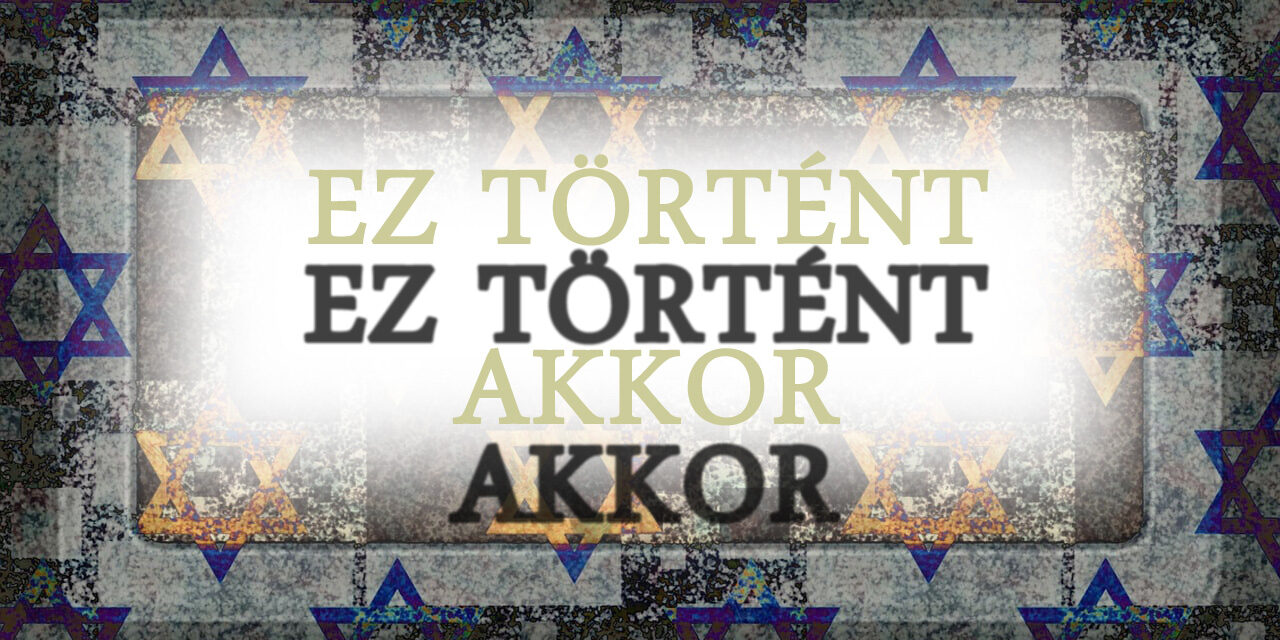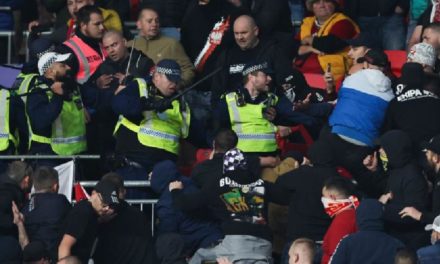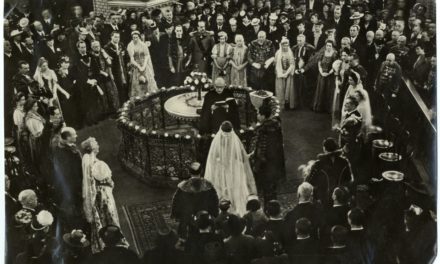The series of infamous Nazi book burnings reached its peak on May 10, 1933: tens of thousands of books, classified by the Nazis as "poisoning the German spirit", were publicly burned in several German cities.
On January 30, 1933, the agg President of the Republic Paul von Hindenburg appointed Adolf Hitler, the leader of the National Socialist German Workers' Party (NSDAP), as chancellor, and this marked the beginning of a new era in Germany. The Nazi government wanted to bring all areas of life under its control, to put everything at the service of National Socialist principles and values. His loyal follower, Minister of Education and Propaganda Joseph Goebbels, played the lion's share in securing the Führer's power.
In the spirit of the "cleansing" of German culture, a "revealing" exhibition of the works of 20th century painting giants was organized under the title of "degenerate" art, the banning of "non-Aryan" music, and the banning of musicians and composers. Literature could not be left out: significant works disappeared from library shelves, renowned professors were stripped of their chairs, Nobel Prize-winning writer Thomas Mann, who chose voluntary exile, was expelled from the poetry academy.
Committees were set up in higher education institutions under the influence of Nazi propaganda, which compiled a list of works that infected the German spirit, which very quickly grew to three thousand titles. On May 7, 1933, the Brandenburg "Fight against the Germanless Spirit" "front committee" published its appeal:
"...we ask you to remove all the literature listed in the attached blacklist so that we can publicly burn them on May 10th at the Opera Square in Berlin."
The drama reached its climax on May 10, when in Berlin, 20-25 thousand books were set on fire in front of a huge crowd on Opernplatz, bordered by the Humboldt University, the Opera and St. Hedwig's Cathedral - today's Babelplatz. Works deemed to be liberal, anarchist, socialist, pacifist, communist and Jewish and other works labeled as harmful became the prey of the flames. "We say no to decadence and moral decay," Goebbels bellowed in his fiery speech.
Among the blacklisted authors were Karl Marx and Bertolt Brecht, Ernest Hemingway and Jack London representing the "disruptive foreign influence", Heinrich Heine, Stefan Zweig and Franz Werfel, who were branded as Jews.
The flames also consumed the books of Erich Maria Remarque, Erich Kästner, Kurt Tucholsky, and Carl von Ossietzky, the publicist who was later awarded the Nobel Peace Prize, who were criticized by Nazi ideologues as having "impeccable origins" but were classified as pacifists. Thomas Mann's books were not burned, but the works of his brother Heinrich Mann were thrown into the fire. The event, for which the band and choir of the SS provided musical accompaniment, was broadcast live on the imperial radio.
"For the next 12 years, I saw my works only on the rare occasions when I was abroad. It's a strange feeling to be a banned writer, no longer seeing your books on the shelves and in the windows of bookstores. Not in any city of his country. Not even in his hometown. Not even at Christmas, when Germans rush through the snow-covered streets to buy Christmas presents"Among those "thrown into the fire", Kästner watched with his own eyes the barbaric burning of his books on a rainy evening, the writer was recognized in the crowd, but he was not hurt.
Kästner later recalled.
During the cultural purge, about a thousand tons of books were removed from the public libraries until the end of May 1933, and no one showed any notable resistance to the effective propaganda and the relentless repression.
The book burnings created a huge echo abroad, tens of thousands protested in New York, and the works of banned authors were read on Dutch radio. The exiled authors then gathered every year to commemorate the destruction wrought in the name of ideology.
Georg P. Salzmann collected the first editions of books condemned to destruction by the Third Reich over almost four decades. The unique collection was accepted by the Augsburg University Library and made available for research. At the site of the book burning in Berlin, the memorial made by the Israeli sculptor Micha Ullman in 1995, sunk into the ground, recalls what happened with special tools. A library with empty shelves can be seen through a square sheet of glass wedged between the street stones. In front of the glass sheet is the inscription, Heinrich Heine's tragic prediction from 1820:
"where books are burned, people will eventually be burned."












